We don’t use economy brands.
Our preferred Ceramic nanotechnology coating product, XPEL Fusion Ceramic Coating, is the most advanced nanotechnology on the market.
If you’re tired of frequent waxing, listen to this: XPEL Fusion Ceramic Coating creates an ultra durable surface that minimizes paint maintenance for up to two years.
XPEL Fusion Ceramic Coating contains ceramic nano particles, which create an extremely hard finish that is scratch-resistant and durable. The average thickness of XPEL Fusion Ceramic Coating layer is between 0.7 µm ~1.5 µm.
XPEL Fusion Ceramic Coating provides durable protection against rain, sun, salt, and anything else Mother Nature throws at it. The anti-corrosive coating holds up in all weather conditions.
XPEL Fusion Ceramic Coating provides incomparably strong water and oil repellency. This hydrophobic effect prevents water spots and oily stains from attaching to the paintwork.
XPEL Fusion Ceramic Coating's nano particles fill in tiny swirls and imperfections in the paint to make it perfectly smooth. Therefore, dirt and dirty water cannot settle into any crevices. The finish is also resistant to bugs, UV rays, acids, and salts.
Not only does our Ceramic Coating product do all of the above, it also:
XPEL Fusion Ceramic Coating prevents mineral deposits from bonding to the vehicle’s surface so water spots can be wiped ofF.
XPEL Fusion Ceramic Coating cannot be removed by water, alkaline or other detergents, or by pressure washers. It lasts up to two years!
Most dirt and debris will not stick in the first place so you may find yourself washing your vehicle much less often.
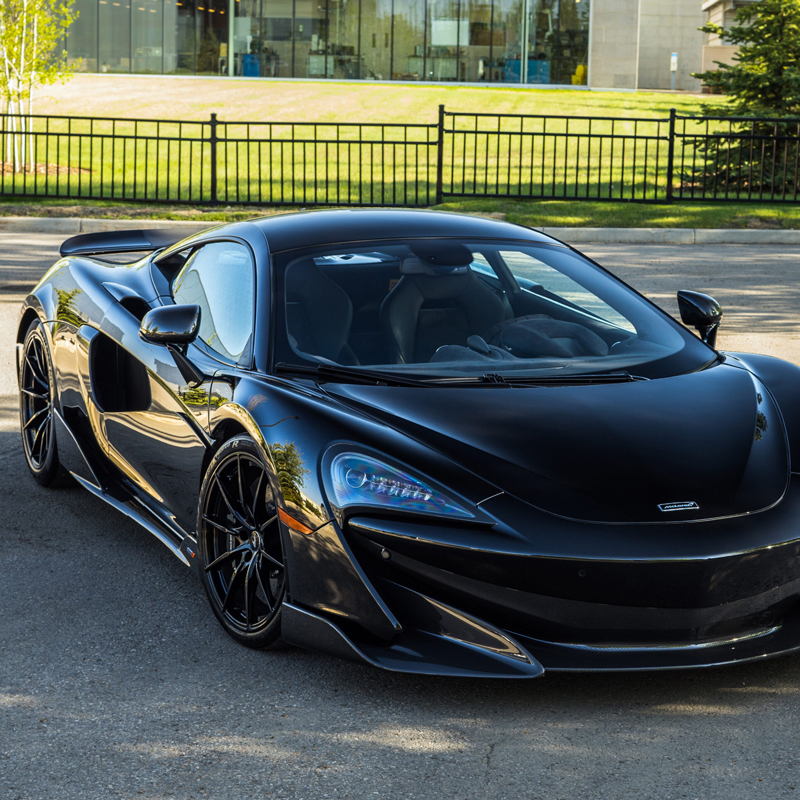
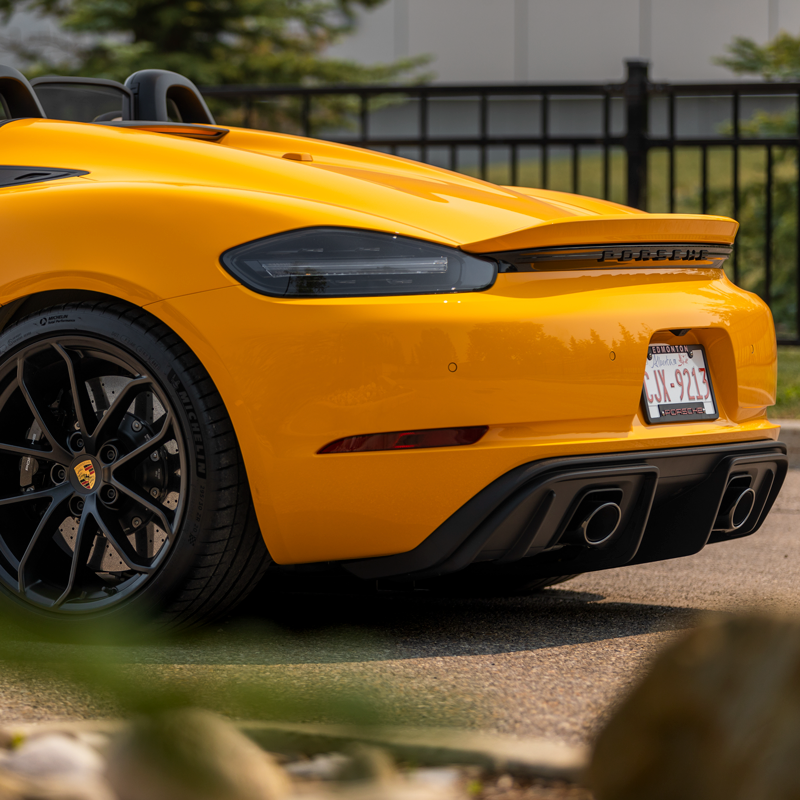
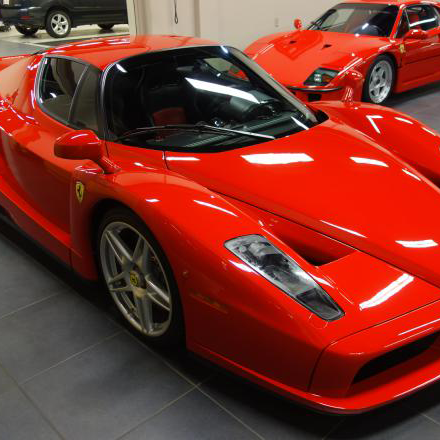
Ceramic coating is a liquid polymer applied to your vehicle’s paint that creates a hydrophobic, protective layer, making it resistant to water, dirt, and UV damage. Paint protection film (PPF) is a clear, adhesive plastic film applied to your vehicle’s surface to protect it from rock chips, scratches, and other physical damage.
Paint protection film (PPF) is more effective at protecting against scratches, rock chips, and physical impacts, as it’s a thick, durable layer. Ceramic coating, while providing some scratch resistance, primarily protects against contaminants like water spots, bird droppings, and light swirl marks.
Ceramic coating offers excellent protection against UV rays, preventing the paint from fading over time. However, paint protection film (PPF) also offers UV protection and prevents the clear coat from yellowing or degrading, making PPF the better option for long-term protection against UV damage.
Ceramic coating is ideal for enhancing the vehicle’s shine and keeping it looking clean, as it provides a smooth, hydrophobic surface that repels water and contaminants. On the other hand, PPF is better for preserving the vehicle’s appearance by preventing chips, scratches, and physical damage, especially in high-impact areas like the front bumper and hood.
Yes, applying both ceramic coating and paint protection film can offer the best of both worlds. PPF provides physical protection against chips and scratches, while ceramic coating enhances the shine and makes the surface easier to clean. Many vehicle owners choose this combination for comprehensive protection.
Paint protection film (PPF) is superior for high-traffic areas such as the front bumper, hood, and side mirrors, as it is specifically designed to protect against rock chips, bugs, and other debris. Ceramic coating can be applied over PPF to enhance its hydrophobic properties and make cleaning easier.
Ceramic coating is generally more affordable, with costs ranging from $800 to $2,000 depending on the product and application. Paint protection film is more expensive, with costs ranging from $900 to $5,000 and up, depending on the amount of coverage, installation techniques and the quality of the film.
Both ceramic coating and paint protection film can help maintain a vehicle’s appearance and resale value. However, paint protection film is more likely to preserve the vehicle’s paintwork from visible damage like rock chips and scratches, which could have a more significant impact on resale value.
With Calgary’s use of gravel during the winter months, and debris from potholes and road construction during the summer, paint protection film provides superior protection against physical damage. Ceramic coating applied overtop to complement the PPF works to further protect the paint from our harsh UV rays during our summer months.
Ceramic coating needs to be removed before applying paint protection film (PPF) because the coating creates a slick, hydrophobic surface that can interfere with the proper adhesion of the PPF. For PPF to adhere correctly and securely to your vehicle’s paint, the surface must be clean and free from any products that could prevent the film from bonding effectively, including ceramic coatings.
This is why it’s important to apply paint protection film before ceramic coating. PPF acts as a physical barrier that protects against chips, scratches, and other damage, and it needs to adhere directly to the vehicle’s paint. After PPF is applied and properly set, ceramic coating can be applied on top to enhance the PPF’s performance by adding hydrophobic properties, UV protection, and making cleaning easier.
By following this order—PPF first, then ceramic coating—you ensure that both layers provide maximum protection and longevity for your vehicle’s paint.
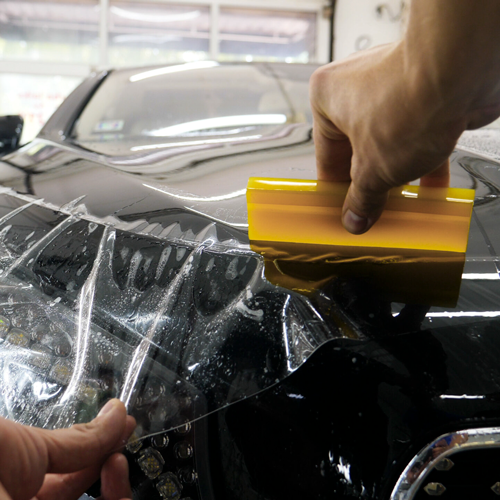
Our paint protection films not only keep your car looking brand new, but also makes every day maintenance easier as well.
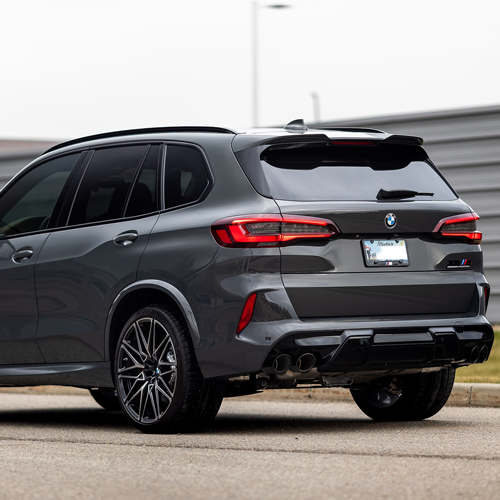
Choose shading options from 5-55% to find the perfect tint for your needs.
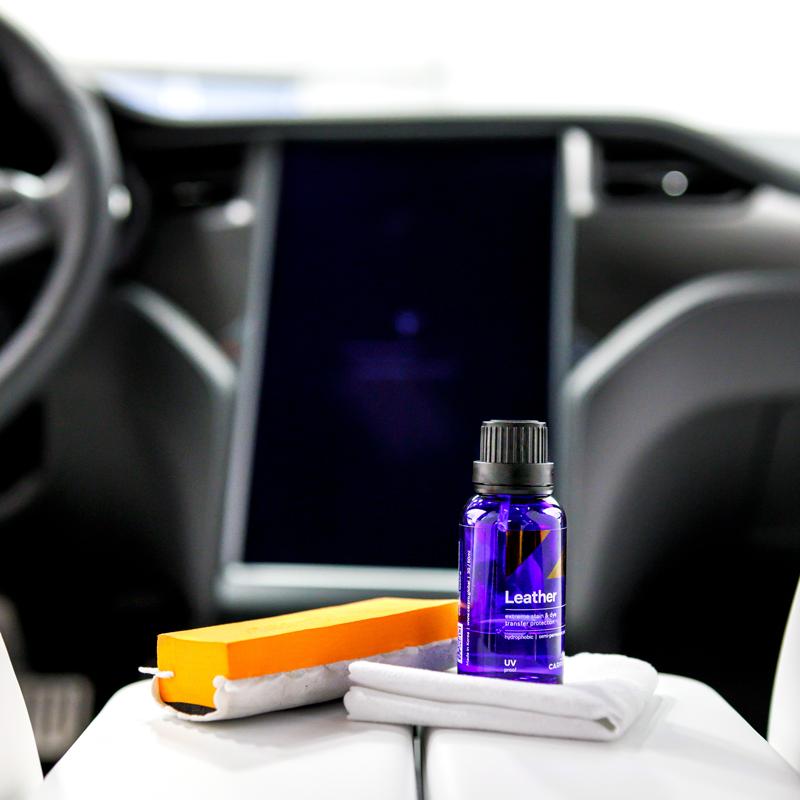
Paint correction to clay-bar, full exterior paint detox and everything in-between.
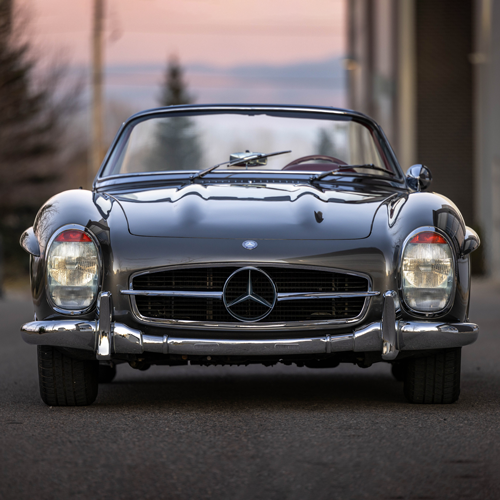
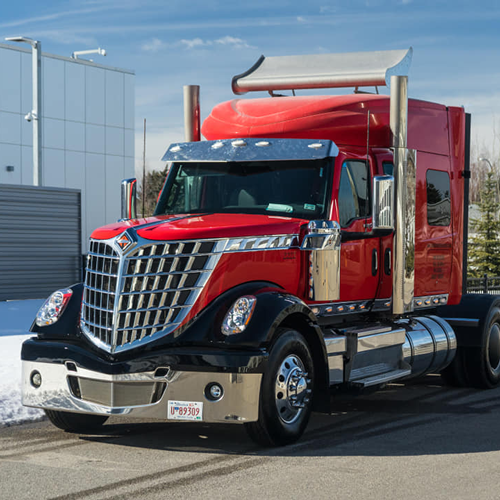
We’d love the opportunity to work with you. Simply fill out the form and we’ll get in touch with a personalized quote for your project!
We’d love the opportunity to work with you. Simply fill out the form and we’ll get in touch with a personalized quote for your project!
© Ultimate Auto Protection 2024.
SEO by Digital Marketing Collective.
Website by PTI+.